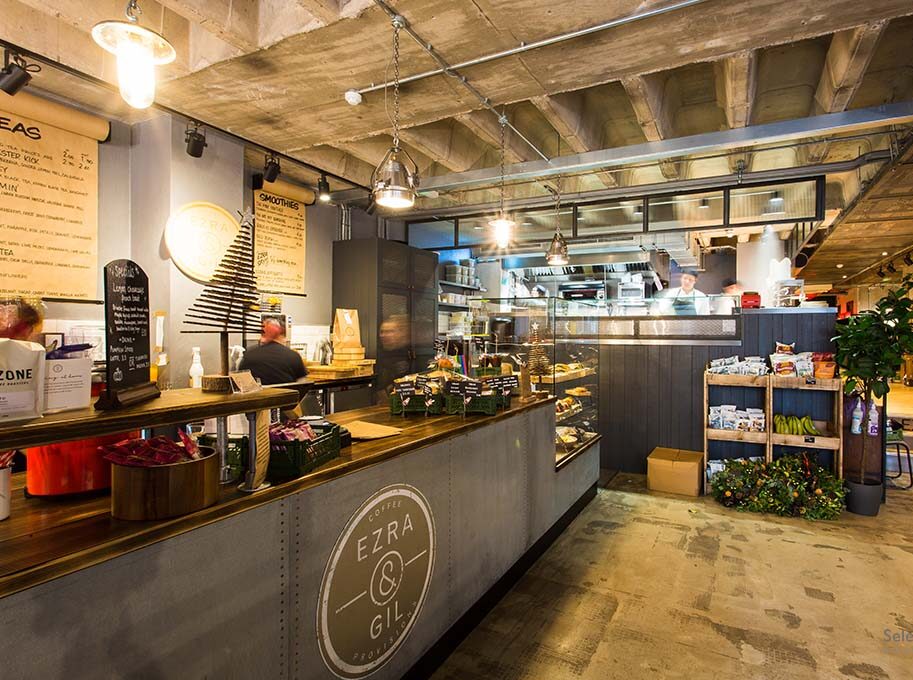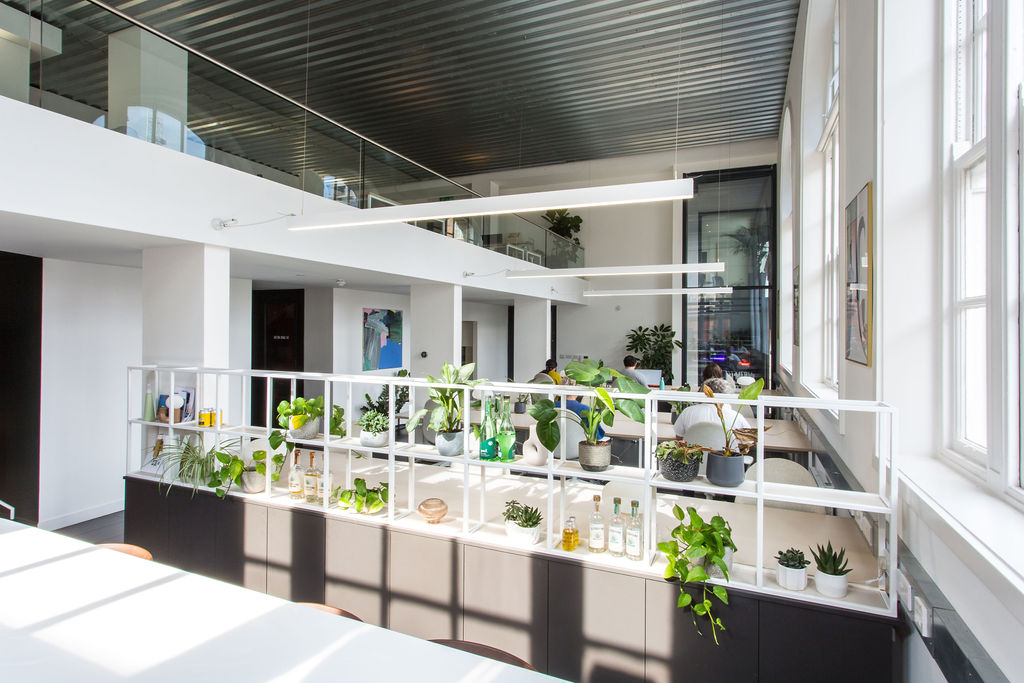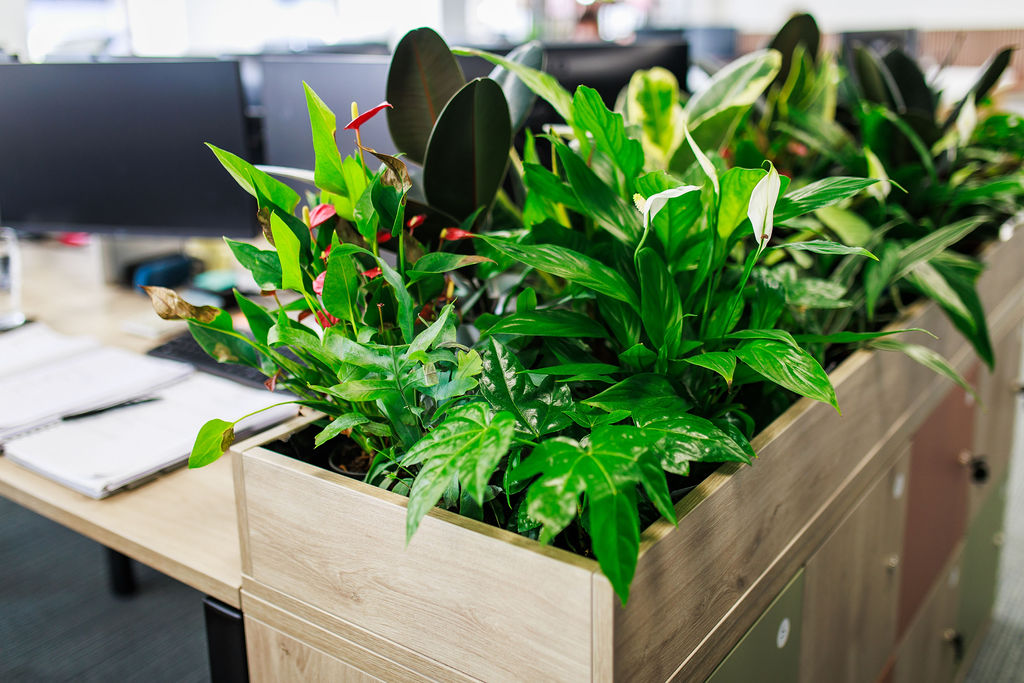Sustainable office design is a growing trend as businesses recognise the importance of reducing their environmental impact. By implementing sustainable practices and eco-friendly materials, we can create a workspace that promotes responsible resource use and minimises carbon emissions.
By embracing sustainable office design, businesses can positively impact the environment while creating a more productive and attractive workspace for employees.
Designing with a focus on energy efficiency, material selection, waste reduction, and indoor air quality ensures that offices operate with minimal environmental impact. Additionally, incorporating biophilic design elements, promoting water conservation, and designing flexible spaces contribute to employee well-being and engagement. By leveraging technology and seeking green certifications, offices can continuously improve their sustainability efforts and communicate their commitment to environmental responsibility.
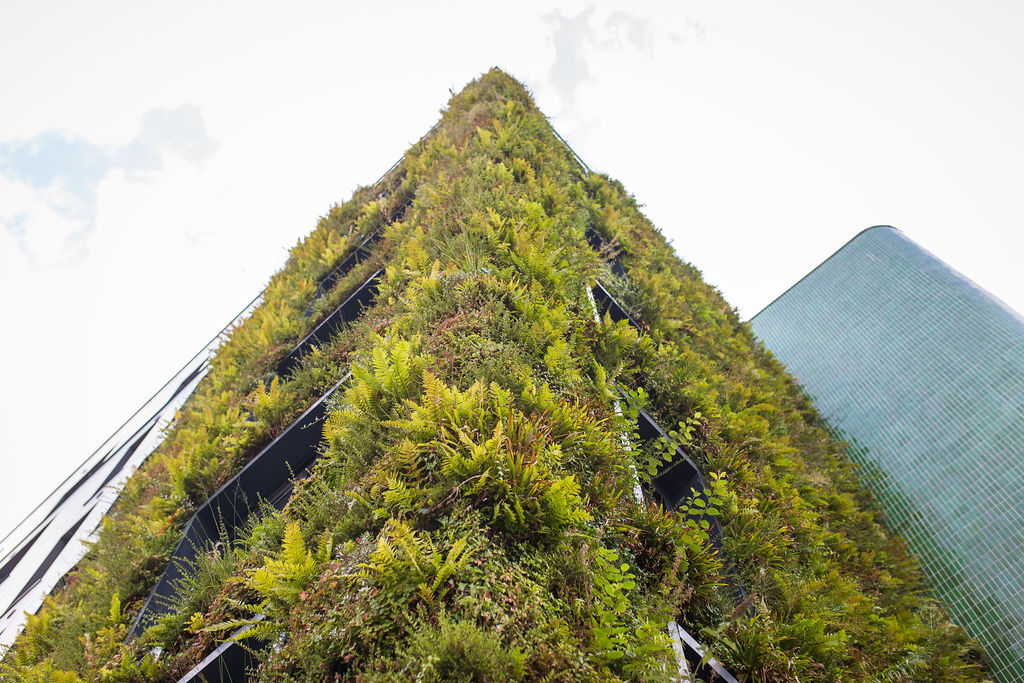
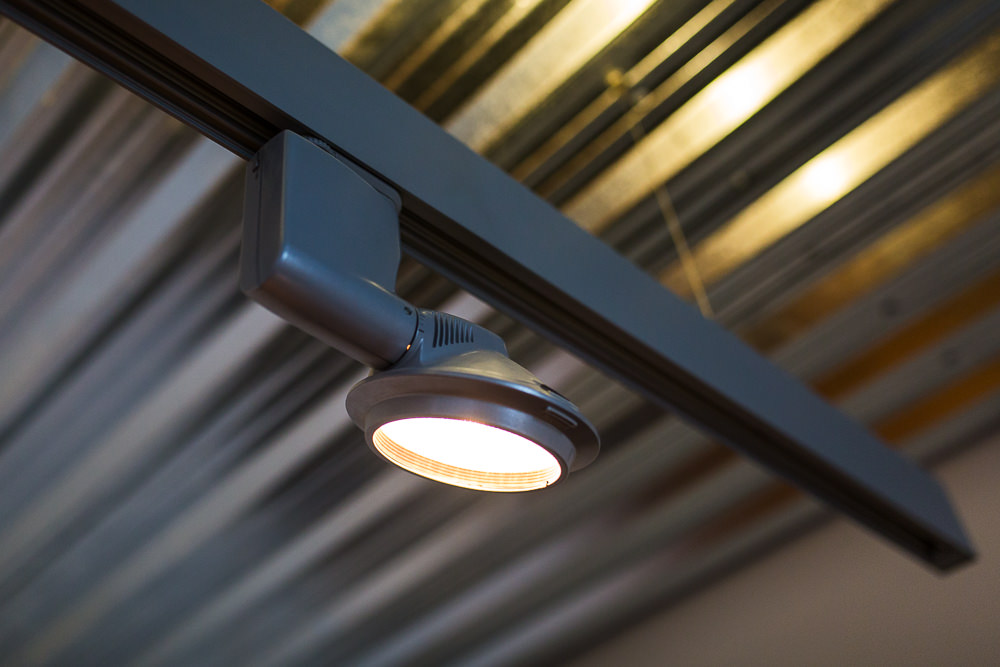
Done well, sustainable office design aligns with an organisation’s values and showcases its dedication to creating a better world through innovative architecture and building consultancy.
Energy efficiency in sustainable office design
One of the foundational pillars of sustainable office design is energy efficiency. By integrating energy-efficient lighting systems, heating, ventilation, and air conditioning (HVAC) systems and utilising renewable energy sources like solar power, offices can significantly reduce their energy consumption and carbon footprint. Not only does this conserve natural resources, but it also lowers energy costs in the long run.
Material Selection
Choosing eco-friendly, recycled, or locally sourced materials for construction and furniture is another crucial aspect of sustainable office design. By opting for these materials, offices can minimise their carbon footprint, support responsible resource use, and reduce waste generated during construction. Investing in durable, long-lasting furniture also extends the life cycle of products, minimising the need for frequent replacements.
Waste Reduction
Incorporating waste reduction strategies is essential for creating a sustainable office environment. This includes implementing recycling and composting programs, designing spaces that encourage proper waste management, and educating employees on the importance of reducing, reusing, and recycling. By minimising waste generation, offices can contribute to a circular economy and reduce the strain on landfills.
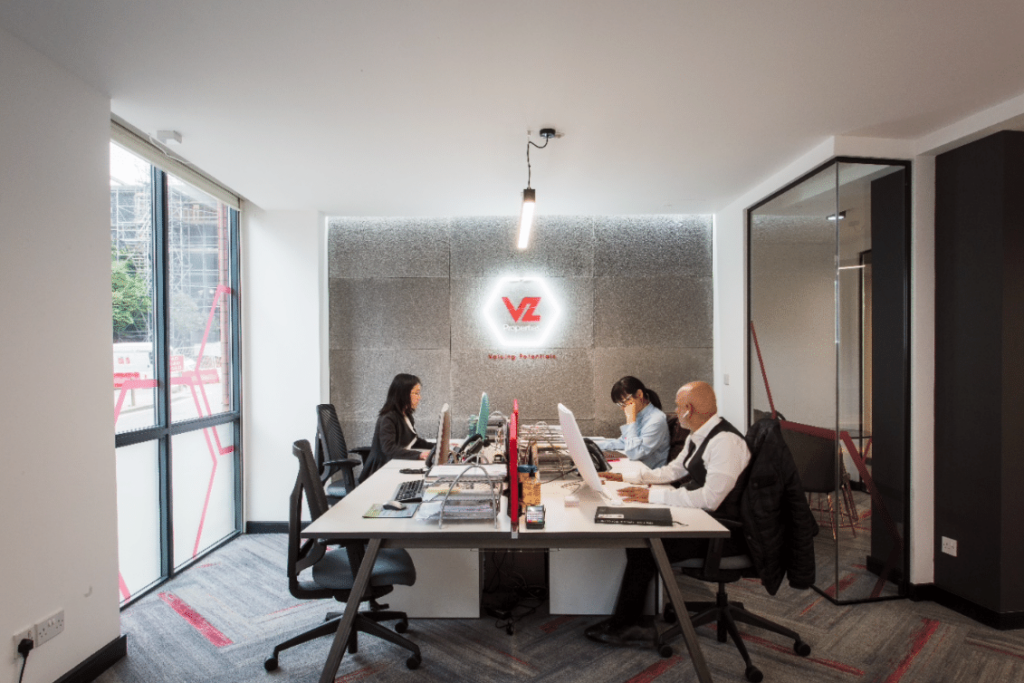
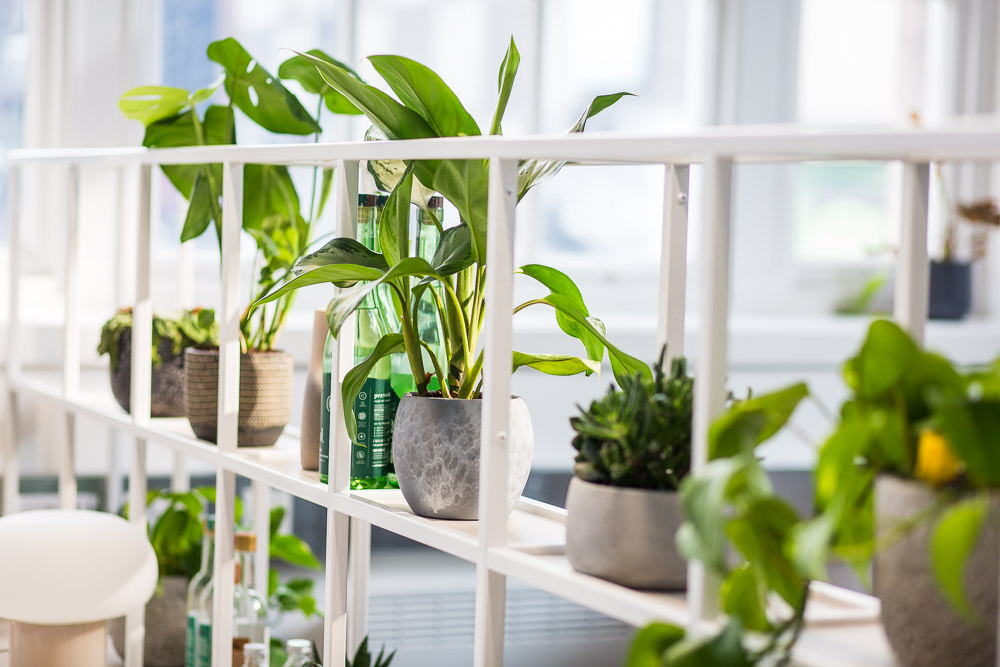
Indoor Air Quality
Prioritising indoor air quality is crucial for employees’ health and well-being. Sustainable office design incorporates low-emission materials, adequate ventilation systems, and indoor plants to improve air quality. By reducing pollutants and enhancing ventilation, employees benefit from a healthier workspace that boosts productivity and cognitive function.
Water Conservation in sustainabile office design
Water conservation is another area where sustainable office design can make a difference. By implementing water-saving fixtures and systems, such as low-flow faucets and toilets, offices can significantly reduce water consumption.
Flexibility and Adaptability
Designing offices with flexibility and adaptability in mind helps reduce unnecessary renovations and construction waste. By creating modular spaces that can easily be reconfigured as the organisation’s needs change, offices can minimise construction materials and the associated costs. This approach also promotes a more collaborative and agile work environment.
Sustainable office design using Biophilic Design
Biophilic design integrates elements of nature into the office space, providing numerous benefits to employees and the environment. For example, incorporating natural light, indoor plants, and water features helps create a connection to nature, improves well-being, and enhances productivity. By bringing nature indoors, offices can create a more pleasant and sustainable working environment.
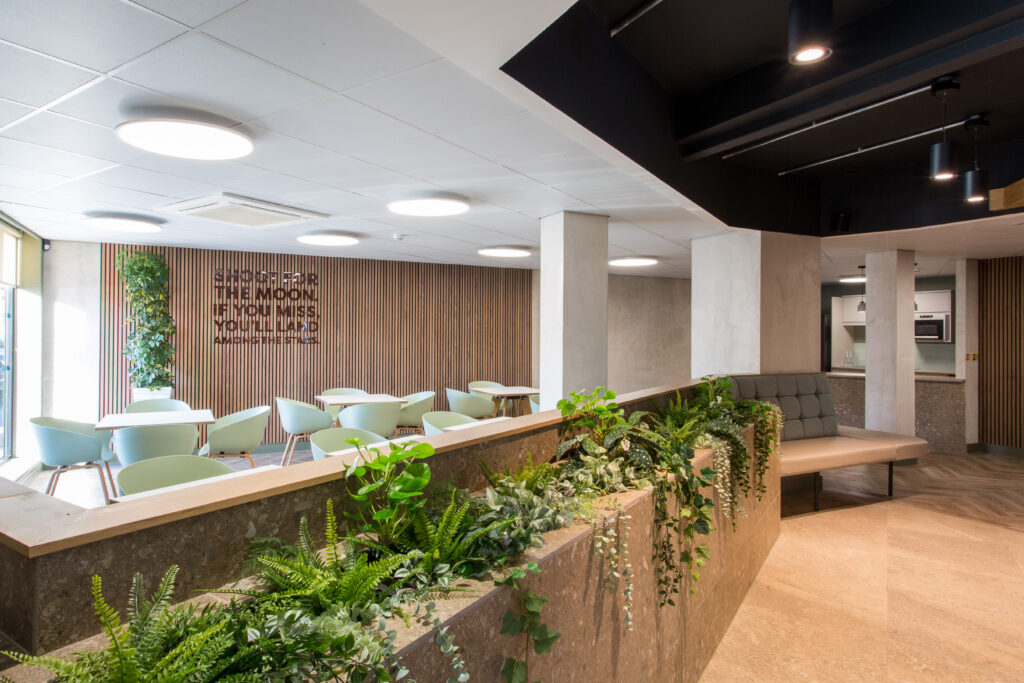
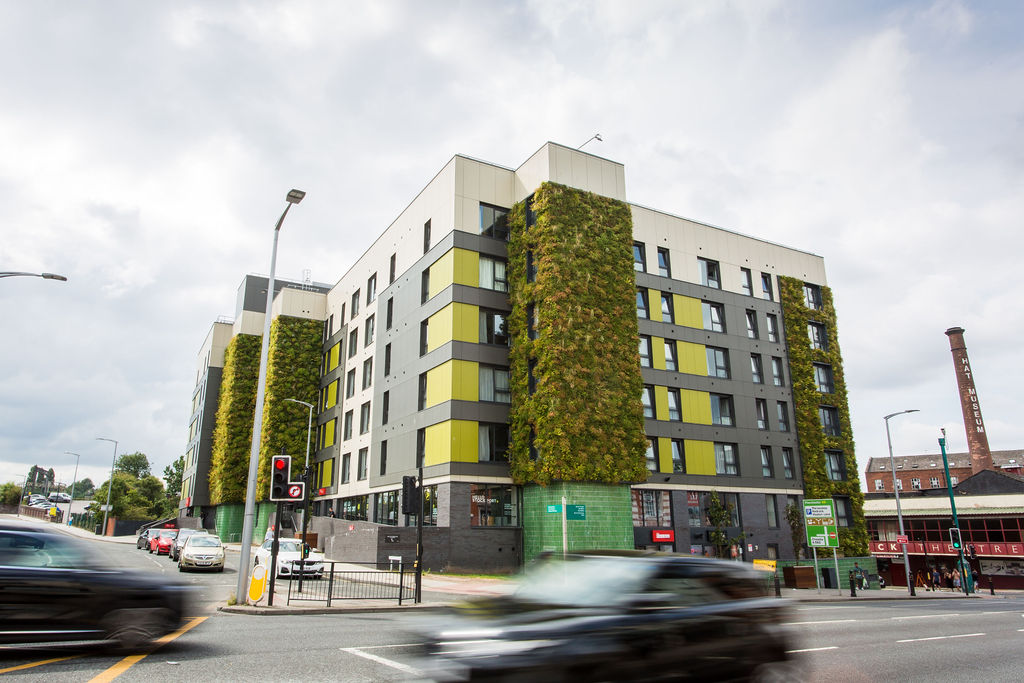
Green Certification
Seeking green certifications such as LEED or BREEAM verifies and communicates office design and construction sustainability. These certifications provide independent assessments of the office’s environmental performance, recognising efforts to reduce energy consumption, enhance indoor air quality, and promote sustainable practices. Green certifications also enhance an organisation’s environmentally conscious and responsible reputation.
Transportation Considerations
Sustainable office design also considers transportation. Offices should encourage sustainable transportation options for employees, such as providing bike racks, showers, and changing rooms for cyclists. Choosing a location near public transportation promotes the use of mass transit and reduces the carbon emissions associated with individual commuting.
Technology Integration in sustainable office design
Smart building technologies are instrumental in optimising energy use, controlling lighting, and monitoring environmental conditions. By integrating smart sensors and automation systems, offices can efficiently manage energy consumption and ensure optimal comfort levels for employees. These technologies provide real-time data that can further inform decisions to improve sustainability initiatives.
Creating a sustainable office benefits the environment and enhances employee well-being. It promotes responsible resource use and aligns with an organisation’s commitment to corporate social responsibility. All of the above must be considered in the planning process to achieve this. By incorporating energy-efficient lighting, HVAC systems, eco-friendly materials, and waste reduction strategies, offices can create a workspace that balances environmental impact with employee well-being.
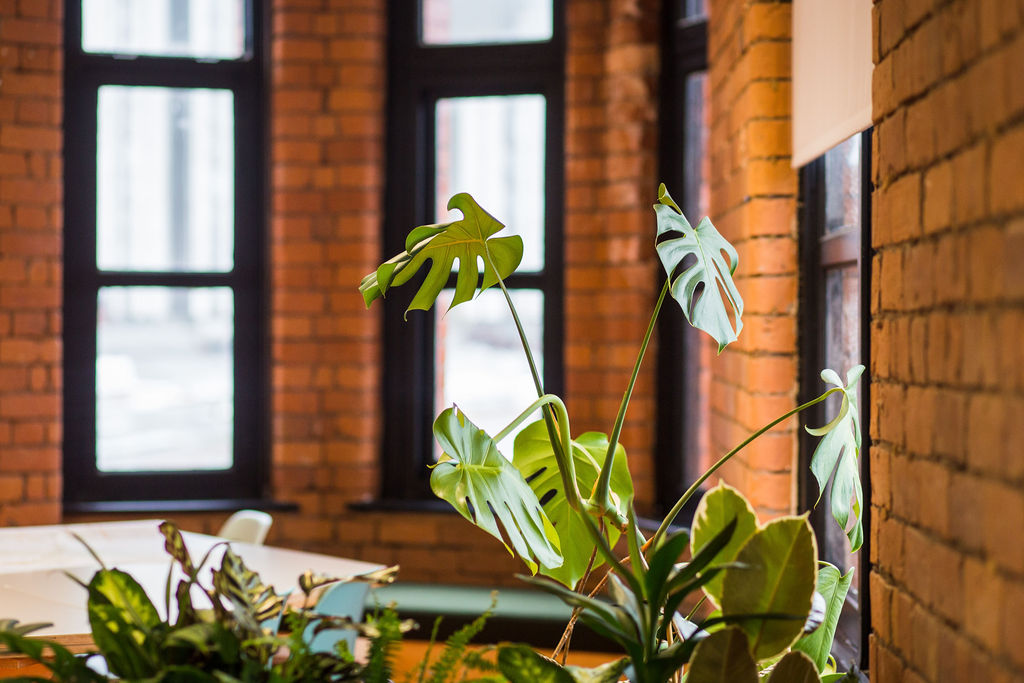
At Select Interiors, we are dedicated to helping business owners and managers create a sustainable office that supports long-term growth and enhances their commitment to corporate social responsibility. Together, we can achieve a workspace that minimises its carbon footprint, boosts employee well-being, and ultimately benefits the environment.
Drop us a line and let’s see how we can work together

